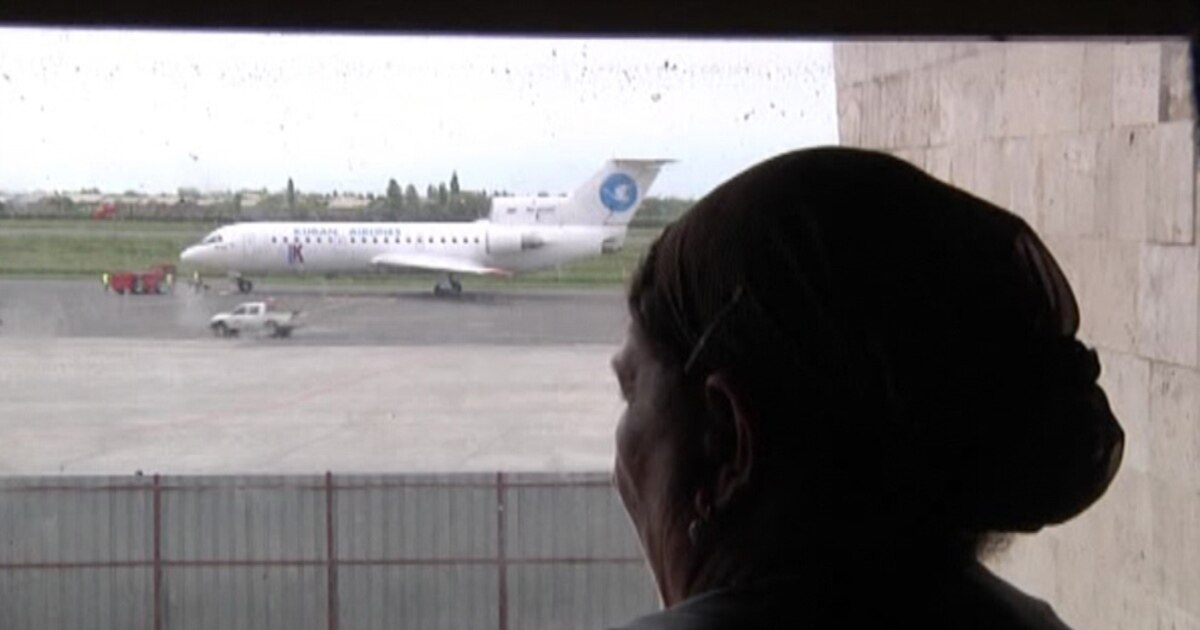Armenians Shifting to 1 Child Family Model: Rubik Avagyan

"Five years ago I was saying that a shift is being made from the 1-2-baby family model. Today I cannot even insist on that. It seems that the 1-child family model has started to be fixed. This will be too bad. If this eventually becomes fixed by the people, then nothing will be of help," demographic scientist Rubik Eganyan said at a press conference today in response to Tert.am's question about the situation with the average Armenian family.
According to Eganyan today the state should encourage not the birth of the third but of the second child in the family.
"Here we should at least try to keep the wealth [meaning the tradition] of [having] the second child. If we do not succeed in it, there will always be families that will have the third, the fourth child, but it will not be serious to solve demographic problems at their expense," said Eganyan.
According to the data provided by Eganyan about 50-55% of children born are the first ones in the family. It is about the 30% of the population that has the second child, while the families that have the third child, make a little less than 10% of the population.

"Five years ago I was saying that a shift is being made from the 1-2-baby family model. Today I cannot even insist on that. It seems that the 1-child family model has started to be fixed. This will be too bad. If this eventually becomes fixed by the people, then nothing will be of help," demographic scientist Rubik Eganyan said at a press conference today in response to Tert.am's question about the situation with the average Armenian family.
According to Eganyan today the state should encourage not the birth of the third but of the second child in the family.
"Here we should at least try to keep the wealth [meaning the tradition] of [having] the second child. If we do not succeed in it, there will always be families that will have the third, the fourth child, but it will not be serious to solve demographic problems at their expense," said Eganyan.
According to the data provided by Eganyan about 50-55% of children born are the first ones in the family. It is about the 30% of the population that has the second child, while the families that have the third child, make a little less than 10% of the population.









Comment